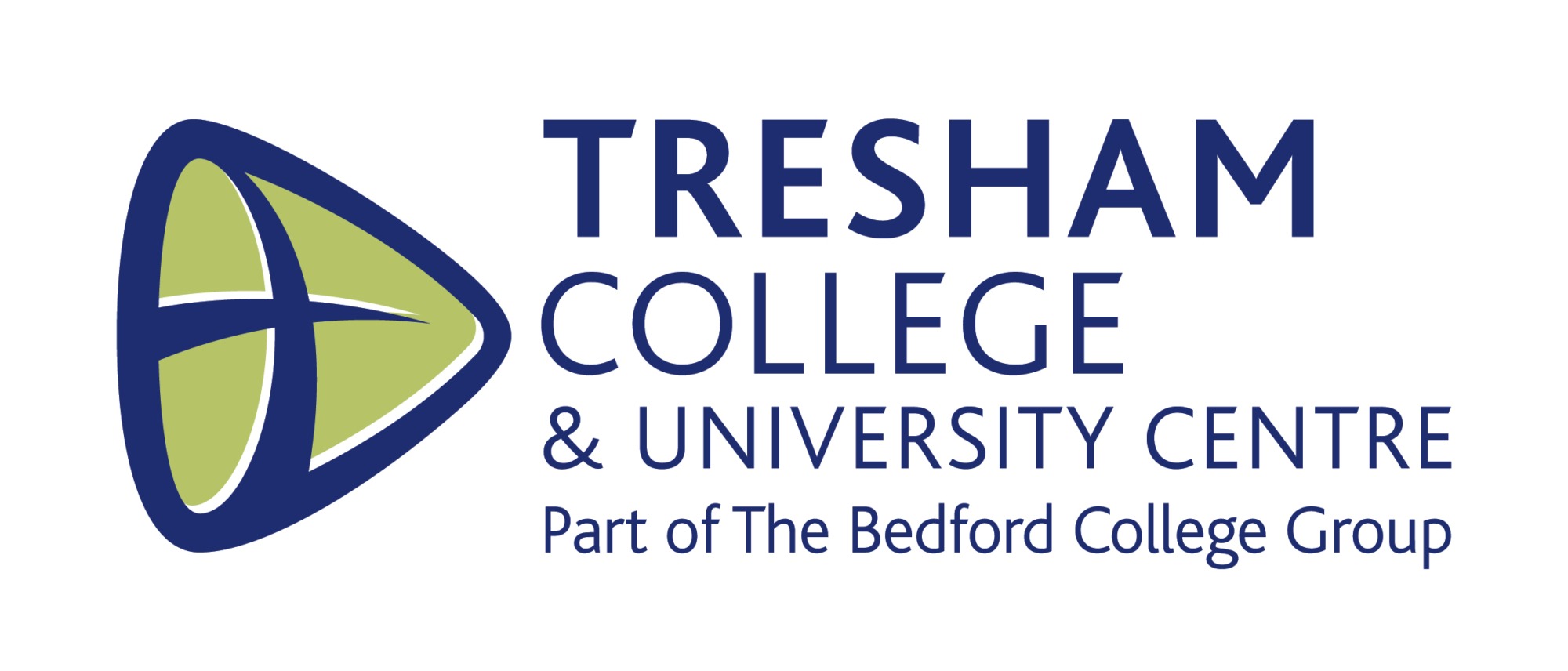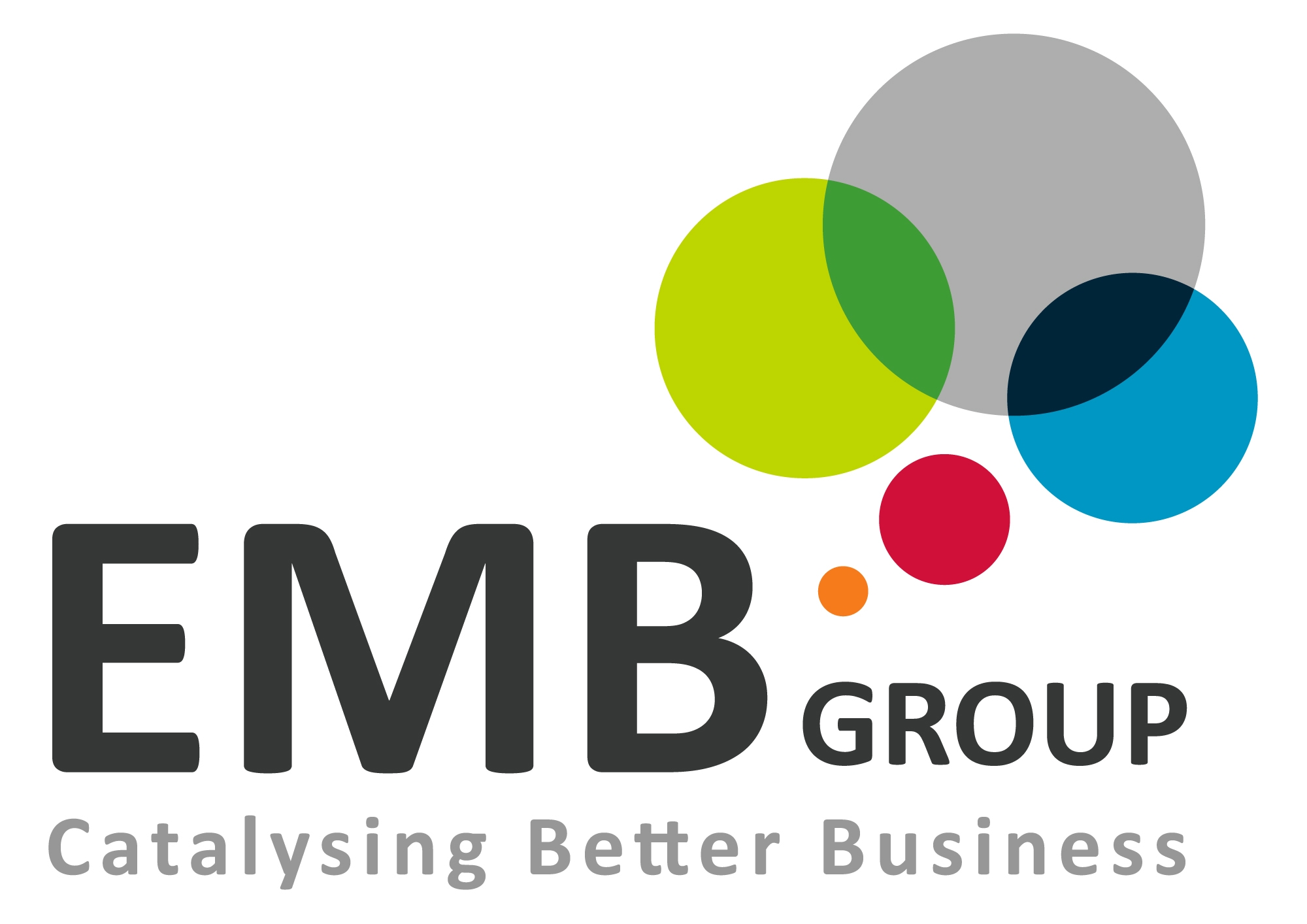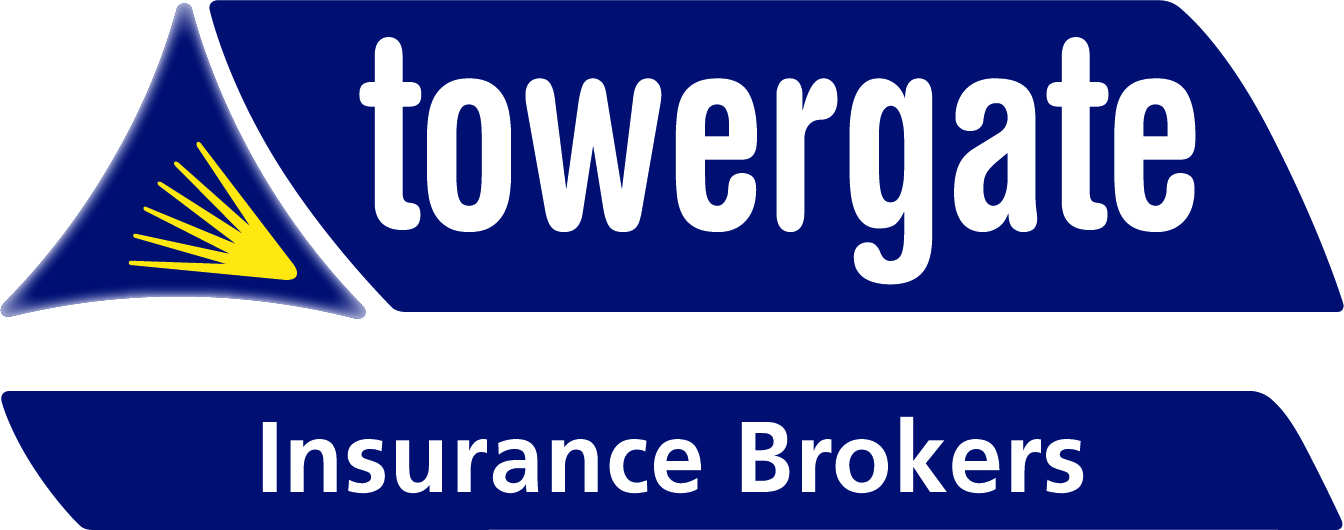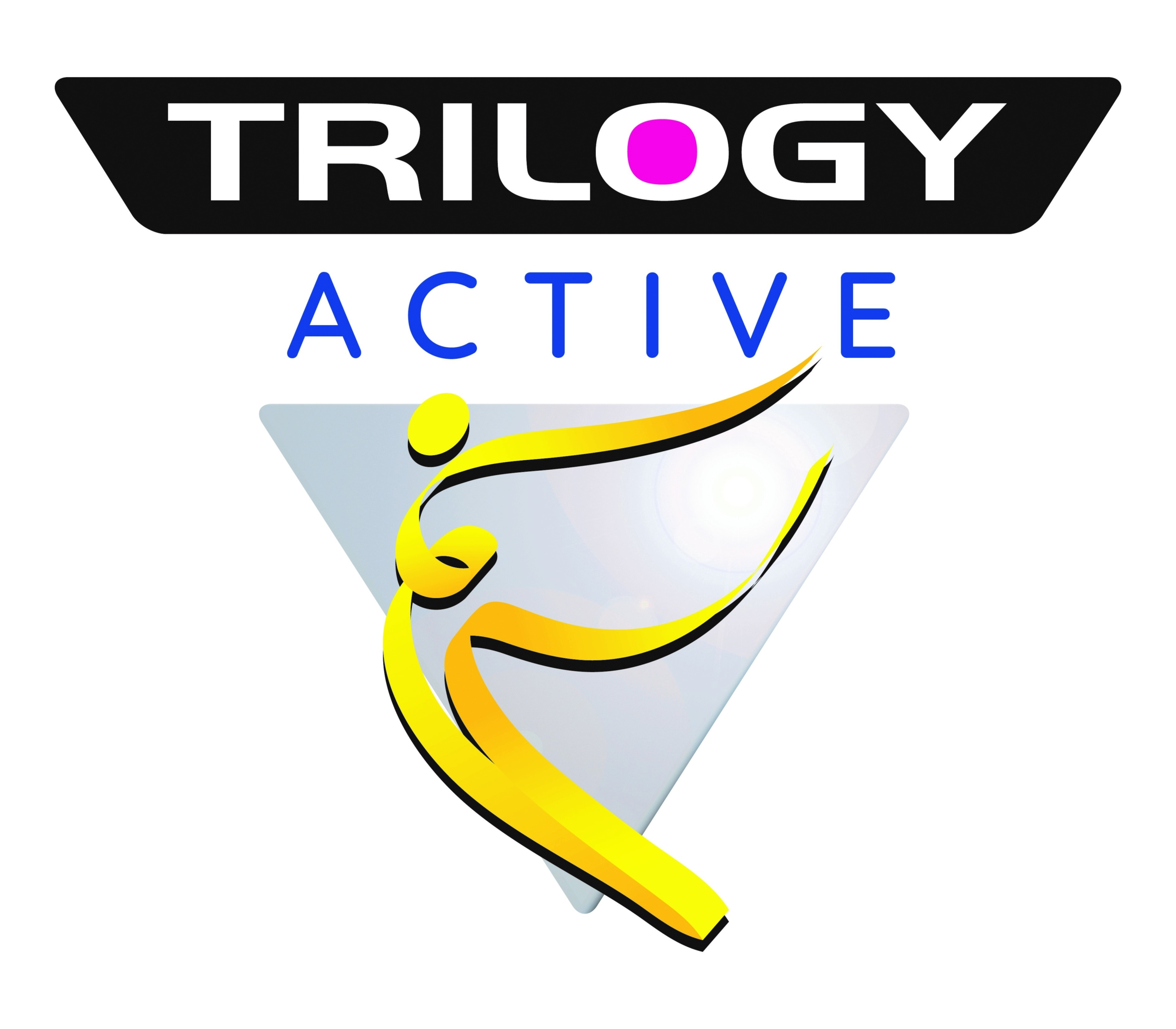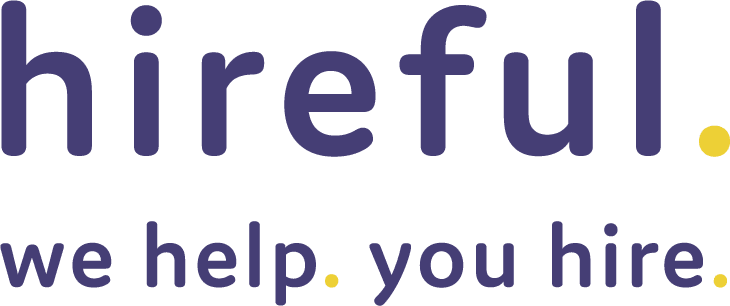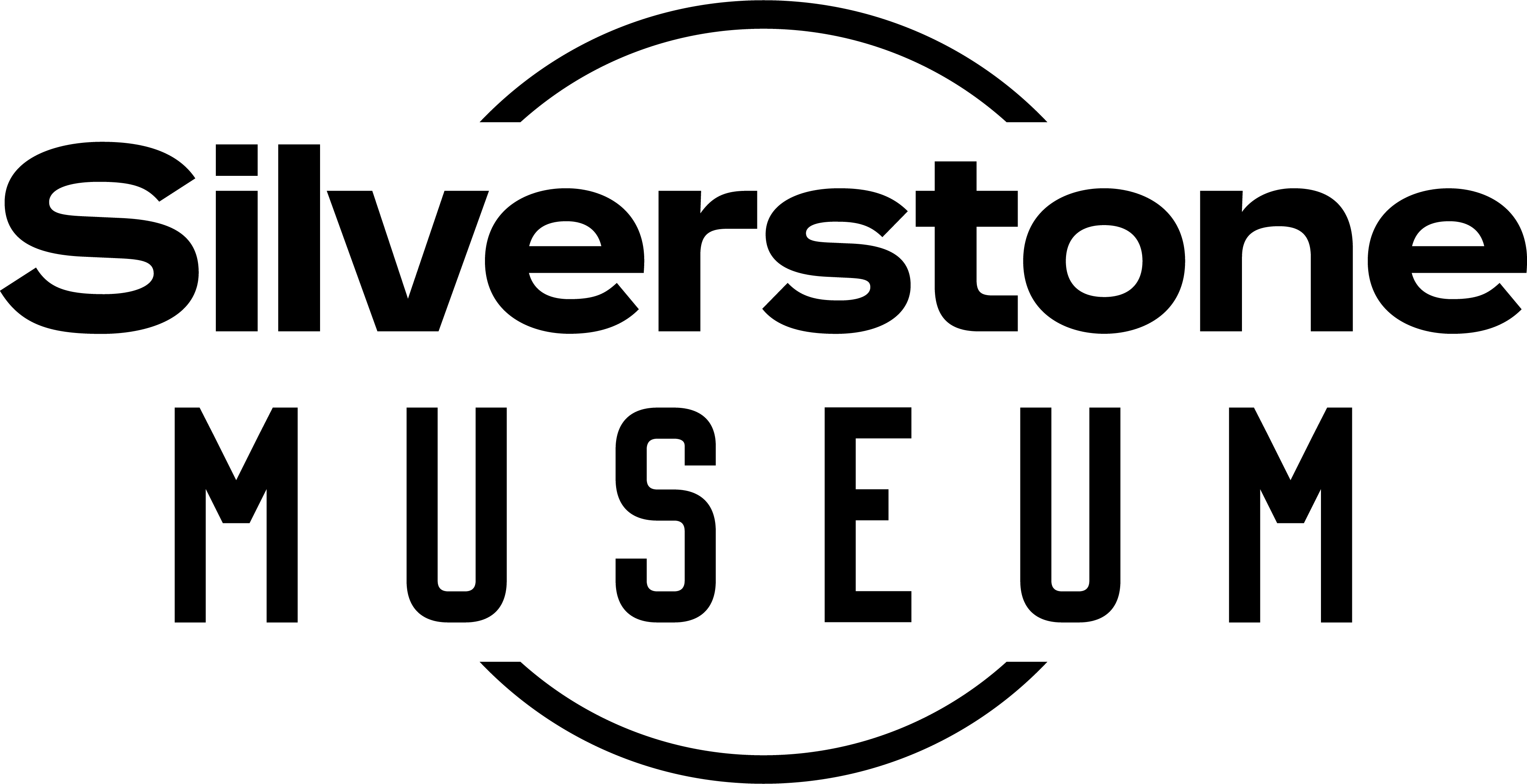

Engaging a Remote Workforce
Blogs
Engaging a Remote Workforce
A lot of us have been leading remote teams for several years: with different event specialists needed for each event, we often have virtual freelancers working on our projects from around the UK and our suppliers can be based anywhere in the world!
However, for a large number of employers, the pandemic means they now have a permanently remote workforce – at least some of the time – and enabling this to continue indefinitely needs a re-think on strategy and in particular your communications.
Productivity, profitability, customer service and employee mental wellbeing are all at risk of being permanently damaged unless employers take steps now to create a structure and strategy that engages their at home workers.
Sarah Threlfall, Managing Director of Brightspace Events reflects on what steps she is taking and also how her clients across all different sectors and of all different sizes are adapting to our new way of working:
Start as you mean to go on
You only get one chance to make a first impression!
A solid induction for new starters is vital when talking about remote teams. In a traditional office environment, you learn so much about the culture of a company just by being around other people so employers now need to make a proactive introduction to the company and the culture.
-
Establish ‘Culture Champions’ of peers / colleagues rather than managers to take people under their wing
-
Line managers to focus on role / company objectives / processes
-
Ensure a comprehensive integration to the whole company
-
Design full induction programmes taking several weeks or months – not just 30 minute Zooms with busy HoDs.
-
Use mentors – ideally outside of the day to day teams and aiming to match up on age / sex / experience
Review your communications constantly
Poor communication across companies and teams is normally the top gripe amongst employees and it’s so easy to address. Every company is different but the biggest issue for our clients now working from home is missing out on the ‘corridor chats’ otherwise known as ‘water cooler moments’.
Often, quick and completely coincidental conversations can leapfrog an idea / project forward or flag a potential problem and nip it in the bud before it gets anywhere.
The real danger with remote working is that people end up stuck in silos, drowning in emails, disconnected on a personal level and with a serious case of Zoom / Teams burnout.
-
Regularly review your internal comms strategy – or create one if you don’t have one!
-
Look at each type of communication, how it’s currently done and actively design a better way to do it
-
Address what type of platforms are best for what type of comms – Slack / Teams / Skype chat etc and the different functions within them
-
Internal chats should have a solution that will encourage informal discussions and keep inbox traffic down
-
Pro-actively give your team ‘permission’ to chat about things other than work on these channels!
-
Line Managers need to periodically check-in on which groups / chats that are used to make sure people aren’t involved in irrelevant threads but also that people aren’t being excluded
-
Use video messaging for important comms that need to stand out
-
Re-evaluate your intranet so that content / structure is relevant for the new environment or look at introducing one
Meeting Audits
With the best of intentions about ‘staying in touch’ with their remote teams, a lot of organisations have found themselves drowning in meetings and back to back calls which are terrible for productivity and even worse for employee engagement and mental well-being.
-
Check what everyone is doing regularly – identify what is happening too regularly??
-
Which roles / teams end up in the middle of everything with meeting overload?
-
Yes, make sure you are checking in regularly but just pick up the phone for a 5 minute chat rather than blocking out 30 minutes every Tuesday at 2pm.
-
Face to face! Look at which calls / meetings are appropriate as virtual and what would gain more if less often but as F2F?
-
Plot a calendar that shows a whole month of meetings for each area to see what the balance is
-
Consider using hybrid and roadshow type events for important updates or launches. This way you get the best of both worlds: minimise the inconvenience of travel but still reap the rewards of the power of live events
-
Design hub and spoke content – with 1 central live event (with VIP / speakers / sponsor attendance) and then regional spokes with some content virtual but also creating targeted content to each audience.
- Benchmark your virtual meeting quality – both in the technical ie. Picture / visual impression and audio but also the attendee experience.
-
Does what you offer match up to the best available?
-
Does it faithfully represent your brand ambitions to the people on the other end??
-
Is it the most suitable platform on the market for your needs?
-
So much incredible technology has come online over the past 2 years, it’s important to make sure you’re using the most up to date platform and getting the most out of the amazing advances in functionality that have been launched.
Your audience are unlikely to be engaged with a flat screen share on Zoom / Teams anymore than they would by the infamous ‘death by powerpoint’ of pre-2020.
Keep it Interactive
The more collaborative and involved you can make any kind of comms activity, the better the engagement you will get. So don’t just launch a random team building get together based around a concept that YOU think people will like.
Instead, bring together a group and let them identify what the issues are that they face and enable them to design ‘something’ as a solution. It’s important for you to facilitate and support this activity, of course, to make sure the ideas are deliverable as per the wider business case and from a budget point of view, but let them lead the initial process.
You might think an intranet is a great idea – but if your workforce are a highly creative, extrovert bunch, they might prefer a regular office or offsite social comms type activity.
Co-creating answers for how to communicate, how to socialise, how to manage your teams or projects is going to give you much better results.
Check How You’re Doing
Building on that, check-in regularly with your teams to find out not just how you are doing against your business objectives, but also compare how you are doing against this time last year / last month to make sure you’re continuously improving.
Although written surveys are useful for tracking data, it doesn’t have to be this formal. Instead, it could be built into questions asked at regular 1:1 or appraisal meetings.
Also, make sure that you’re covering a wide range of topics so that you can really get a feel for every bit of your company, not just the obvious. Ask what their immediate / every day problems are? How about longer term concerns? Do they actually know their colleagues and what they all do and how they fit into the organisation? Have they met the new starters? Do they know about the social events / clubs / schemes etc. that are running??? Are they happy with how much – and how – you are communicating with them?
This process MUST be two way otherwise it can cause far more damage to morale if everyone feels like you know all about the problems yet are doing nothing to fix them! You must make sure that you, and everyone else in a position of influence, is committed to making changes based on what you find out.
Make a solid feedback loop where you confirm back to them what the concerns are and, vitally, your plans to address them. You don’t have to fix it all at once but you do need to clearly communicate your ambitions even if it’s going to take a while to get there.
Connect with Sarah on LinkedIn and for Event Management and COVID Safety consultancy enquiries or send us an email to hello@brightspaceevents.co.uk.
To be kept in the loop, follow @Brightspace Events on LinkedIn.


